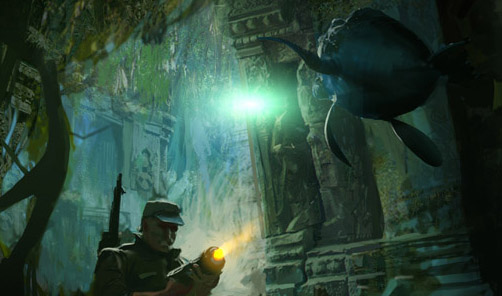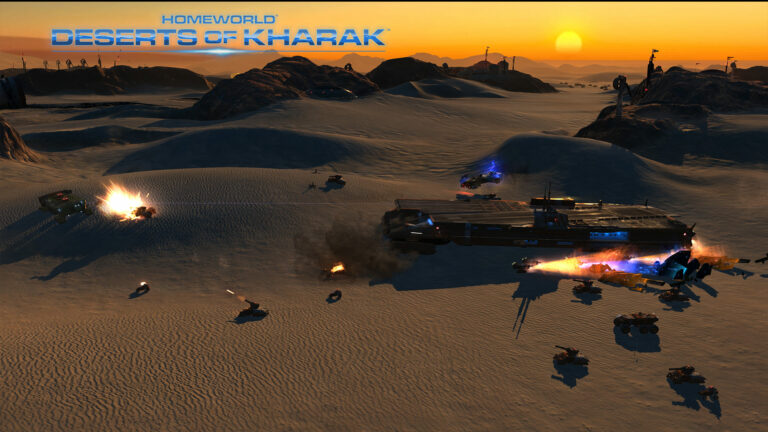Gear up, strategy lovers! Stellar Warfare just dropped a game-changing update with new languages, fresh gameplay tweaks, and endless cosmic battles. Ready to lead?
Halo is not the prime universe in the Bungie world; Marathon is. Which may surprise some who first found Bungie either through ONI or Halo, but the core timeline for the entire series rests with one of their earlier games: Marathon and Pathways into Darkness. Not only are these two games very important to the lore of both Halo and Destiny, but they’re also just as lore filled as those two games, if not more. Where Destiny has very little lore, PiD and Marathon have intense amounts of lore which to this day is studied and thought on. I’d like to propose a simplified version of the Bungie Multiverse Mythos and a simplified Timeline below that walks through the major highlights and plot points that you’d otherwise have to dig around for. Most articles focus on easter eggs and lore tidbits, but I want to focus on what the overall…
Homeworld: Deserts of Kharak was recently on the Steam Winter Sale so I finally picked it up, several years after release, because I noticed many top RTS articles had it prominently featured and I absolutely loved the Homeworld series. Deserts of Kharak was an interesting experience because it removed the Z axis from the original Homeworld series and placed the game flat on the ground, but kept the generally same gameplay. If you’ve played Homeworld before, then I’d say get it when it’s on sale or even when it’s not, because it’s more of the same but different enough that you’re not drowning in a formulaic experience. Persistence exists, so resources gathered are kept map to map along with units and their promotions. Units have an almost Atlus / Shin Megami Tensei vibe to how they play against each other’s weakness. Armored vehicles take strike vehicles out, but strike vehicles…



